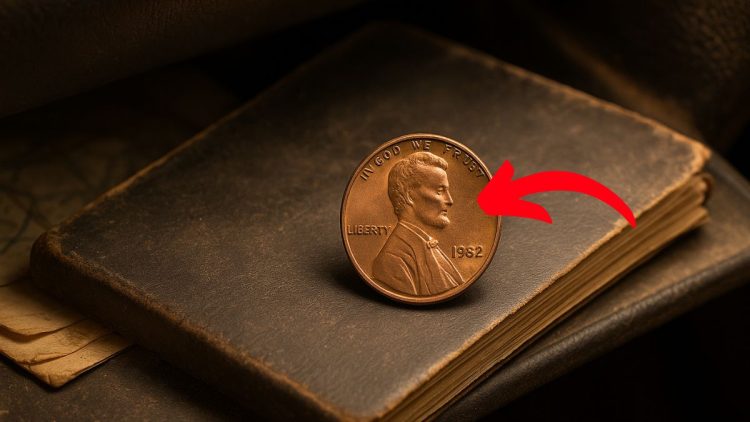In an unexpected turn of events, a rare 1982 Small Date Lincoln penny was recently discovered in a glove compartment and sold for an impressive $10,000 at auction.
This remarkable find has reignited interest among numismatists and casual collectors alike, highlighting the potential value hidden in everyday pocket change.
Understanding the 1982 Penny Variations
The year 1982 was pivotal for the U.S. Mint due to a transition in the penny’s composition. This shift resulted in multiple variations of the Lincoln cent, making it a fascinating year for collectors. The key differences include:
- Composition: Transition from 95% copper to 97.5% zinc with a copper plating.
- Date Size: Introduction of both Large Date and Small Date designs.
- Mint Marks: Produced at Philadelphia (no mint mark), Denver (“D”), and San Francisco (“S”) mints.
Identifying the Valuable 1982 Small Date Penny
To determine if you possess a valuable 1982 penny, consider the following characteristics:
- Date Design: The Small Date features a more delicate and compact numeral design compared to the Large Date.
- Mint Mark: Absence of a mint mark indicates it was minted in Philadelphia.
- Weight: A weight of approximately 3.1 grams suggests a copper composition, as opposed to the lighter 2.5 grams zinc version.
- Material: The copper variant is more sought after due to its limited production during the transition period.
Recent Sale Highlights
The penny found in the glove compartment matched the rare combination of being a 1982 Small Date, no mint mark, and weighing 3.1 grams, confirming its copper composition.
This specific combination is scarce, making it highly desirable among collectors. The coin’s pristine condition further amplified its value, culminating in a sale exceeding $10,000.
Comparison Table: 1982 Penny Variations
| Variant | Mint Mark | Date Size | Composition | Weight | Estimated Value |
|---|---|---|---|---|---|
| 1982 Large Date Copper | None | Large | Copper | 3.1g | $0.05 – $0.20 |
| 1982 Small Date Copper | None | Small | Copper | 3.1g | $1,000 – $10,000+ |
| 1982 Large Date Zinc | None | Large | Zinc | 2.5g | $0.01 – $0.10 |
| 1982 Small Date Zinc | None | Small | Zinc | 2.5g | $0.50 – $1.00 |
| 1982-D Large Date Copper | D | Large | Copper | 3.1g | $0.05 – $0.20 |
| 1982-D Small Date Zinc | D | Small | Zinc | 2.5g | $0.50 – $1.00 |
Note: Values are approximate and depend on the coin’s condition and market demand.
Why Is This Penny So Valuable?
Several factors contribute to the high value of the 1982 Small Date copper penny:
- Rarity: The combination of Small Date design and copper composition is uncommon due to the mid-year transition to zinc.
- Condition: Coins in mint or near-mint condition are significantly more valuable.
- Collector Demand: Numismatists actively seek out rare variations to complete their collections.
- Historical Significance: Represents a unique period in U.S. Mint history with multiple changes occurring simultaneously.
The discovery and subsequent sale of the 1982 Small Date copper penny for over $10,000 underscore the hidden treasures that may reside in everyday places. This event serves as a reminder of the value that can be found in seemingly ordinary items.
For collectors and enthusiasts, it emphasizes the importance of attention to detail and the potential rewards of numismatic pursuits. Keep an eye on your change—you might just find a fortune waiting to be discovered.
FAQs
How can I determine if my 1982 penny is a Small Date?
Examine the numerals in the date. In the Small Date, the “2” has a more curved appearance, and the overall date appears more compact compared to the Large Date.
Does the absence of a mint mark affect the penny’s value?
Yes. A 1982 Small Date penny without a mint mark indicates it was minted in Philadelphia, which, combined with a copper composition, increases its rarity and value.
How do I accurately weigh my penny?
Use a precision digital scale capable of measuring to at least one decimal place in grams. Ensure the scale is calibrated correctly for accurate results.
